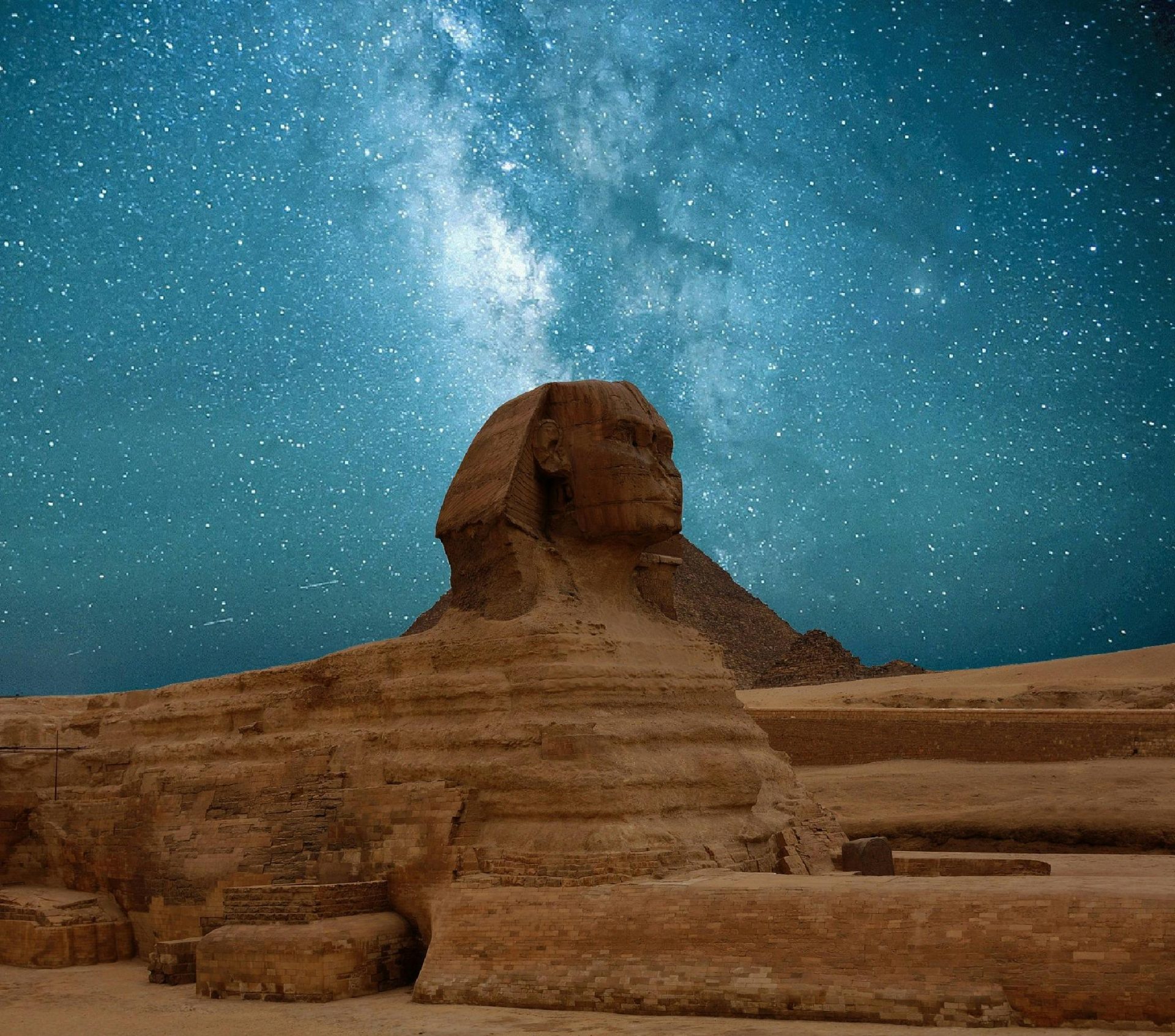Jewish High Holidays: Rosh Hashanah and Yom Kippur

Hey there, amazing readers! 🖐️ Just a quick note: yes, we know there are a lot of ads here. Trust us, we get it—it’s not the prettiest look, but they help us keep this blog alive and kicking. Those pesky little ads cover the costs of all the behind-the-scenes magic, from hosting and tech stuff to creating content we hope you’ll love.
We’re committed to delivering quality posts, and your support (even just sticking around despite the ads) means everything to us. So, bear with us, and thanks for helping us keep the good vibes rolling. Now, on to the fun stuff! 😉
TRANSLATE BUTTON AT THE END OF THE ARTICLE
A Quick Overview
Jewish High Holidays, namely Rosh Hashanah and Yom Kippur, are two of the most significant holidays in the Jewish calendar.
These holidays mark a period of reflection, repentance, and renewal for Jews around the world.
Rosh Hashanah, also known as the Jewish New Year, is a time for introspection and setting intentions for the year ahead.
Yom Kippur, on the other hand, is the Day of Atonement, where Jews seek forgiveness for their sins and strive to make amends with others.
Together, these holidays create a profound spiritual experience for those who observe them.
Jewish High Holidays Overview
The Jewish High Holidays, also known as the Yamim Noraim, encompass Rosh Hashanah and Yom Kippur.
These holidays occur in the early fall and are considered the holiest days in the Jewish calendar.
The period between Rosh Hashanah and Yom Kippur is known as the Ten Days of Repentance, during which Jews reflect on their actions from the past year and seek forgiveness for any wrongdoings.
The High Holidays are a time for self-examination, prayer, and reconnecting with one’s faith.
What is Rosh Hashanah?
Rosh Hashanah, which translates to "Head of the Year" in Hebrew, marks the beginning of the Jewish New Year.
It falls on the first and second days of the Hebrew month of Tishrei, usually in September.
During Rosh Hashanah, Jews gather in synagogues to participate in special services that include the blowing of the shofar, a ram’s horn, to symbolize a call to repentance.
The holiday is also observed through festive meals, the lighting of candles, and the recitation of special prayers.
Significance of Rosh Hashanah
Rosh Hashanah holds great significance in Judaism as it is believed to be the anniversary of the creation of Adam and Eve, the first man and woman according to Jewish tradition.
It is a time for Jews to reflect on their actions over the past year, seek forgiveness from others, and make resolutions for self-improvement in the year ahead.
Rosh Hashanah is a time of hope and renewal, as Jews believe that God opens the Book of Life on this day and inscribes the fate of each person for the coming year.
Customs and Traditions of Rosh Hashanah
Rosh Hashanah is marked by several customs and traditions that are intended to bring blessings and good fortune for the coming year.
Some of the most common customs include eating symbolic foods such as apples dipped in honey, to represent a sweet new year, and round challah bread, symbolizing the cyclical nature of life.
Tashlich, a ritual where Jews cast breadcrumbs into a body of water to symbolize the casting away of sins, is also a popular tradition observed during Rosh Hashanah.
Yom Kippur: The Day of Atonement
Yom Kippur, known as the Day of Atonement, is considered the holiest day in the Jewish calendar.
It falls on the tenth day of Tishrei, following Rosh Hashanah.
Yom Kippur is a day of fasting, prayer, and repentance, where Jews seek forgiveness for their sins and make amends with others.
The day is marked by intense introspection and solemnity as Jews ask for God’s mercy and reflect on their actions from the past year.
Importance of Yom Kippur in Judaism
Yom Kippur holds immense importance in Judaism as it is believed to be the day when God seals the judgments for the coming year.
It is a time for Jews to reflect on their sins, seek forgiveness, and commit to living a more righteous life in the year ahead.
Yom Kippur is an opportunity for spiritual growth and transformation, as Jews strive to become better individuals and strengthen their relationship with God.
Observing Yom Kippur: Fasting and Repentance
One of the key observances of Yom Kippur is fasting, which lasts for approximately 25 hours, from sundown to sundown.
Fasting is seen as a way to cleanse the body and soul, allowing for a deeper connection to the spiritual aspects of the day.
In addition to fasting, Jews engage in intensive prayer services, focused on repentance and seeking forgiveness.
Yom Kippur is a time for self-examination and making amends with others, as Jews strive to start the new year with a clean slate.
Connection Between Rosh Hashanah and Yom Kippur
Rosh Hashanah and Yom Kippur are often referred to as the "High Holidays" or the "Days of Awe" because of their spiritual significance in the Jewish calendar.
While Rosh Hashanah marks the beginning of the new year and a time for introspection and setting intentions, Yom Kippur follows as a day of repentance and seeking forgiveness.
Together, these holidays form a cohesive narrative of reflection, repentance, and renewal, guiding Jews through a process of self-improvement and spiritual growth.
Differences Between Rosh Hashanah and Yom Kippur
While Rosh Hashanah and Yom Kippur are both part of the High Holidays and share themes of repentance and renewal, they have distinct observances and practices.
Rosh Hashanah is a joyous holiday marked by festive meals and prayers, whereas Yom Kippur is a solemn day of fasting and intense prayer.
Rosh Hashanah focuses on setting intentions for the new year, while Yom Kippur is dedicated to seeking forgiveness and atonement for past sins.
Despite their differences, both holidays play a crucial role in the Jewish spiritual calendar.
Preparation for the High Holidays
Preparation for the High Holidays begins well in advance, with Jews engaging in a process of self-reflection and repentance in the weeks leading up to Rosh Hashanah and Yom Kippur.
This period, known as Elul, is a time for introspection, prayer, and acts of kindness to prepare for the upcoming holidays.
Jews engage in a practice called Selichot, which involves reciting special penitential prayers, to seek forgiveness and reconciliation with God and others.
The weeks leading up to the High Holidays are a time of spiritual preparation and anticipation for the transformative experience that lies ahead.
Celebrating Rosh Hashanah and Yom Kippur
Rosh Hashanah and Yom Kippur are celebrated in various ways by Jews around the world, with each community adding its own customs and traditions to the observance of these holidays.
Families gather for festive meals, exchange greetings and blessings, and attend synagogue services to mark the High Holidays.
On Yom Kippur, Jews dress in white to symbolize purity and engage in intensive prayer services throughout the day.
After the conclusion of Yom Kippur, Jews break their fast with a festive meal, marking the end of the Day of Atonement.
Reflection and Renewal: The High Holidays Experience
The High Holidays of Rosh Hashanah and Yom Kippur offer Jews a unique opportunity for reflection, repentance, and renewal.
These holidays provide a structured framework for self-examination and spiritual growth, allowing individuals to assess their actions, seek forgiveness, and commit to positive change in the year ahead.
Through prayer, fasting, and acts of kindness, Jews engage in a process of transformation that underpins the spiritual significance of the High Holidays.
The experience of Rosh Hashanah and Yom Kippur is designed to enhance one’s connection to God, community, and self, offering a moment of pause in the ever-changing world and an opportunity for personal growth and renewal.
Conclusion
In conclusion, the Jewish High Holidays of Rosh Hashanah and Yom Kippur are a time of introspection, repentance, and renewal for Jews around the world.
These holidays offer a structured framework for self-examination, prayer, and acts of kindness, guiding individuals through a process of spiritual growth and transformation.
Rosh Hashanah marks the beginning of the Jewish New Year, while Yom Kippur is the Day of Atonement, where Jews seek forgiveness for their sins and strive to make amends with others.
Together, these holidays create a profound spiritual experience that underpins the importance of reflection, repentance, and renewal in Judaism.

The Enlightenment Journey is a remarkable collection of writings authored by a distinguished group of experts in the fields of spirituality, new age, and esoteric knowledge.
This anthology features a diverse assembly of well-experienced authors who bring their profound insights and credible perspectives to the forefront.
Each contributor possesses a wealth of knowledge and wisdom, making them authorities in their respective domains.
Together, they offer readers a transformative journey into the realms of spiritual growth, self-discovery, and esoteric enlightenment.
The Enlightenment Journey is a testament to the collective expertise of these luminaries, providing readers with a rich tapestry of ideas and information to illuminate their spiritual path.
Our Diverse Expertise 🌟
While our primary focus is on spirituality and esotericism, we are equally passionate about exploring a wide range of other topics and niches 🌍📚. Our experienced team is dedicated to delivering high-quality, informative content across various subjects ✨.
To ensure we provide the most accurate and valuable insights, we collaborate with trusted experts in their respective domains 🧑🏫👩🏫. This allows us to offer well-rounded perspectives and knowledge to our readers.
Our blog originally focused on spirituality and metaphysics, but we’ve since expanded to cover a wide range of niches. Don’t worry—we continue to publish a lot of articles on spirituality! Frequently visit our blog to explore our diverse content and stay tuned for more insightful reads.





